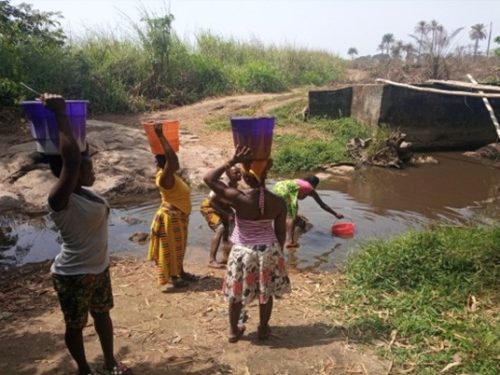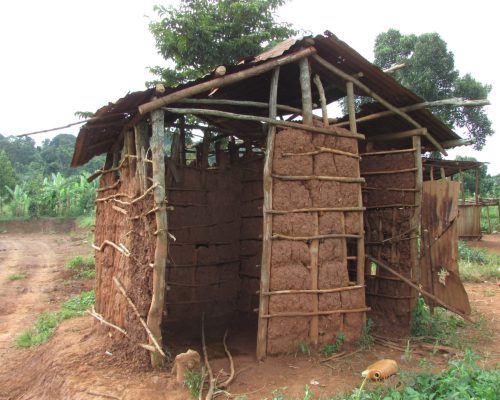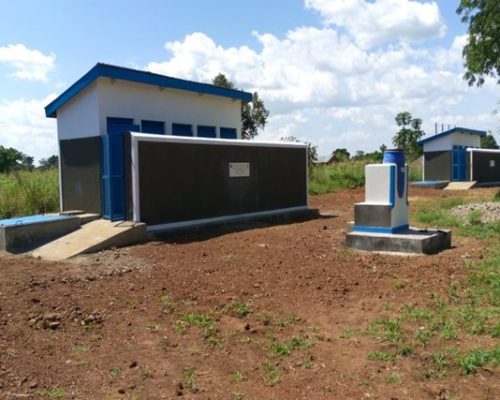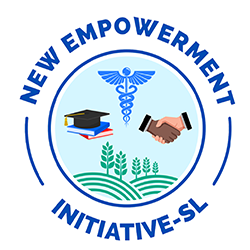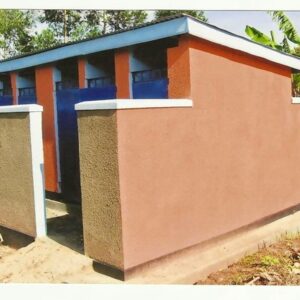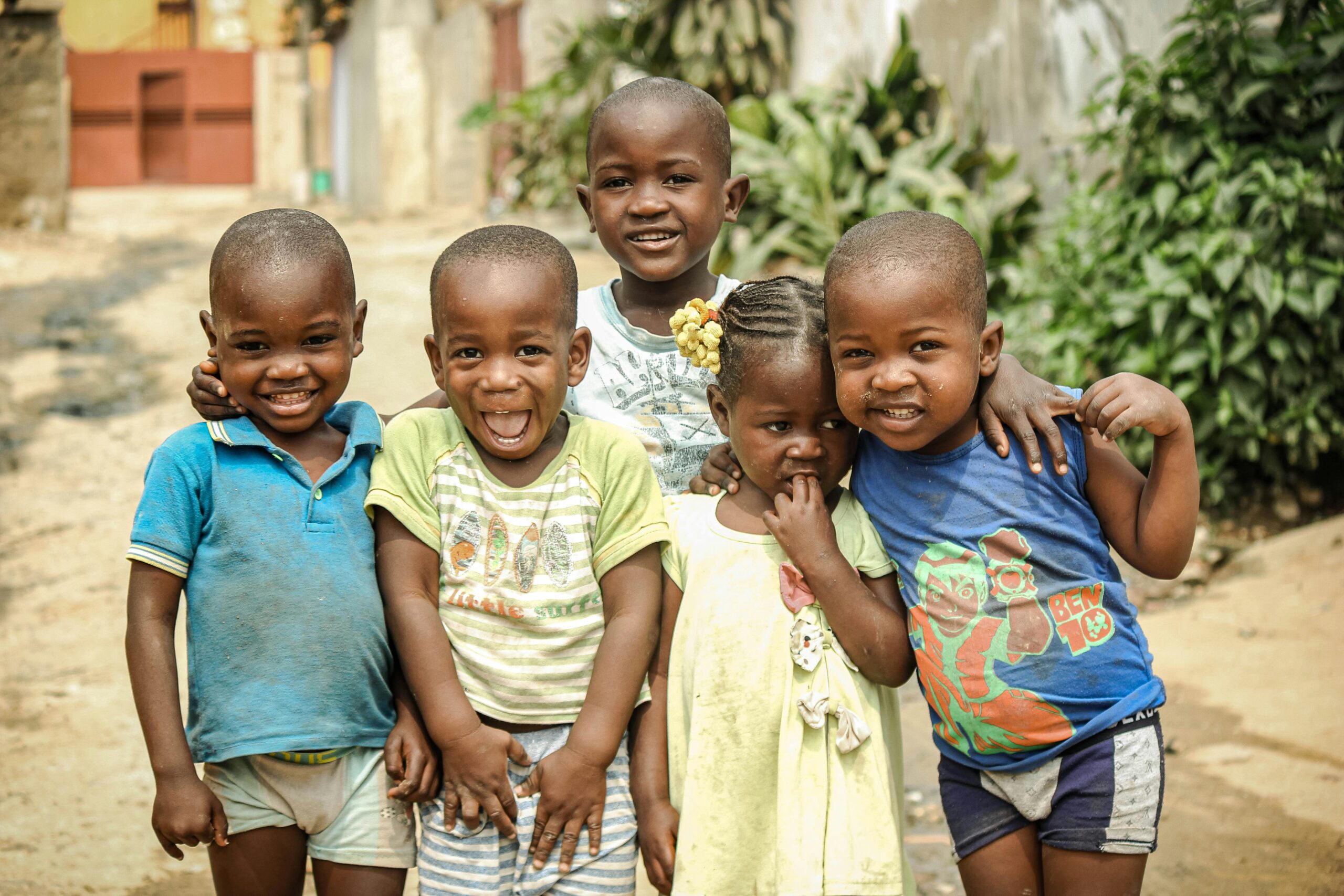Clean Water and Sanitation
Clean Water
Progress in Clean Water and Sanitation
Clean water and sanitation are fundamental human rights. Without them, 850,000 people die each year, and the economies of entire nations are at risk. The global economy suffers a $260 billion loss yearly due to a lack of basic water and sanitation. No one flourishes without access to these essential needs, yet billions of people worldwide live without them.
Basic sanitation is defined by the Canters for Disease Control and Prevention (CDC) as “having access to facilities for the safe disposal of human waste (faeces and urine), as well as having the ability to maintain hygienic conditions, through services such as garbage collection, industrial/hazardous waste management, and wastewater treatment and disposal.”
Clean water is more than water that appears clear; it’s safe water that is uncontaminated, so people can drink it without getting sick.
For those of us who have access to clean water and sanitation, it’s nearly impossible to picture existing without being unable to turn on a faucet while expecting clean water any time we want it.
We also may not be able to imagine a lifetime of not having a toilet to flush, knowing waste will be taken away and purified. But the reality is that far too many people live this way, so how can we help the clean water and sanitation crisis both nationally and internationally? First, let’s look at the facts.
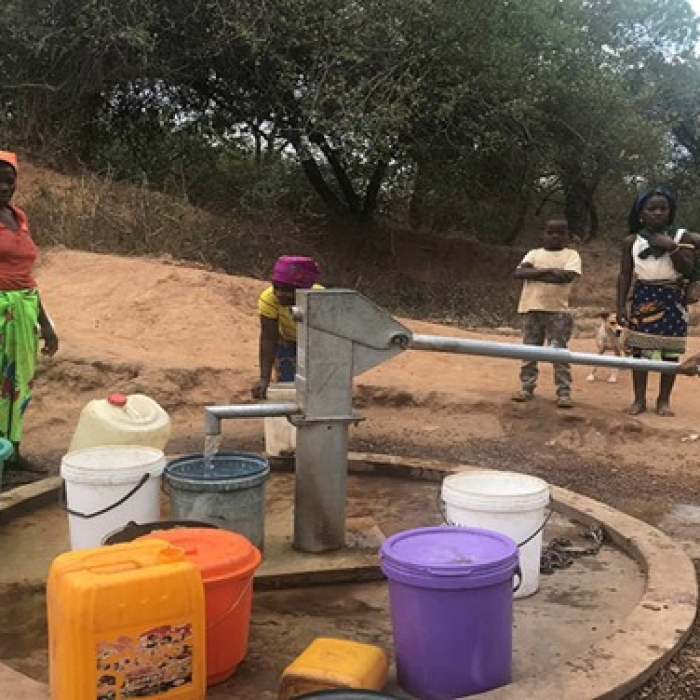
let's look at the facts
Clean Water and Sanitation Facts
Extensive statistics can make us feel overwhelmed. When we see a picture of one child dying from a water-related illness, it usually affects us more deeply than hearing the fact that 6,000 children die daily from water-related diseases. However, it’s essential to grasp the problem before suggesting solutions. That’s why the United Nations (UN) provides these striking facts about water and sanitation.
- One in three people in the world don’t have access to clean drinking water — that’s the equivalent of 2.2 billion people.
- At least 2 billion people worldwide have to drink water contaminated with faeces.
- Two billion People do not have safely managed sanitation services — more than half of the world’s population.
- 32% of the world’s population (2.4 billion) lacks basic sanitation facilities such as toilets or latrines.
- Six hundred seventy-three million people have no option but to defecate in the open (in street gutters, behind bushes, or into open bodies of water), leading to the assault of innocent adults and children.
This data clearly represents a genuine crisis, and it isn’t acceptable. It also reveals the heart of why Healing Waters exists because these numbers expose more than data; they represent human lives who daily suffer because they don’t have access to clean water and sanitation
Why clean water matters
For children to grow up happy and healthy, they need to have clean water, proper sanitation, and good hygiene. Yet every day, nearly 1,000 children under five die from diarrhoea because of dirty water, poor sanitation and unsafe hygiene practices.
Contamination from industry or agriculture makes water undrinkable and can lead to waterborne diseases. Unreliable rainfall and the effects of climate change mean families are forced to travel further for water and might end up using unsafe, dirty sources.
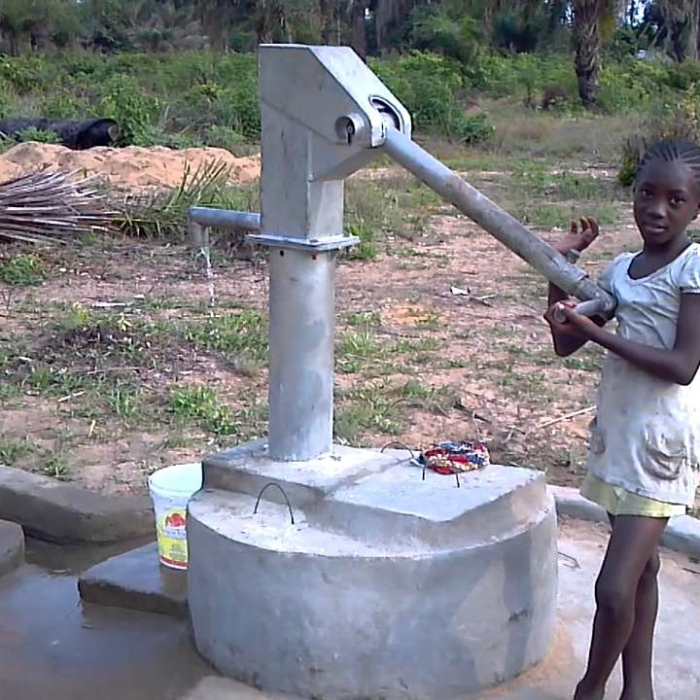
Access to Clean Water Improves...
With water right on school property, students won’t miss class to quench their thirst, clean their classrooms, or supply school kitchens with water. With water at home, kids don’t waste homework time walking long distances in search of water for their households.
Water projects close to home rescue people from drinking whatever dirty water they can find. More water also means less rationing, so it’s easier to stay hydrated, wash hands, and clean homes, preventing future illnesses.
In our service areas, almost everyone has a farm or garden. To them, a lack of water means a lack of food. Improved crop irrigation equates to healthier and more plentiful crops.
Sourcing water when it’s scarce day after day saps everyone’s time and energy. With water at their fingertips, people spend more time investing in their households and livelihoods.
